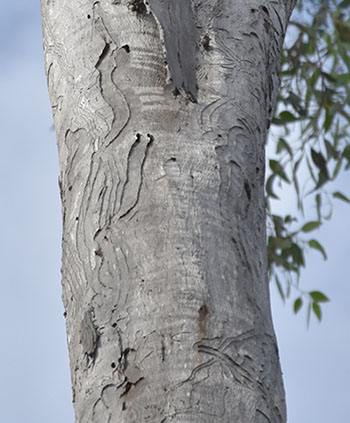SECTION 3: Wood-eating organisms

There are lots of organisms that like to eat wood. In a forest environment, they’re an essential part of the ecosystem and perform various important roles, such as:
breaking down dead and dying trees, and returning the nutrients to the soil
helping to create hollows and habitat shelters for native wildlife
providing a source of food for insects and animals.
Trees have a certain amount of natural resistance to wood destroying organisms, particularly when they’re growing in their natural habitat. But once the tree has been harvested and turned into timber products, it’s very important that the wood’s natural weaknesses are recognised so it can be protected from future attack.
Some species of timber are more susceptible to attack from certain insects and fungi than other species, which means that they either need to be preservative treated for extra protection, or not used in situations where those organisms are likely to be present. This topic is discussed in more detail in the previous section under the lesson heading: Durability.
Contents
There are three lessons in this section, covering the most common biological destroyers of wood.